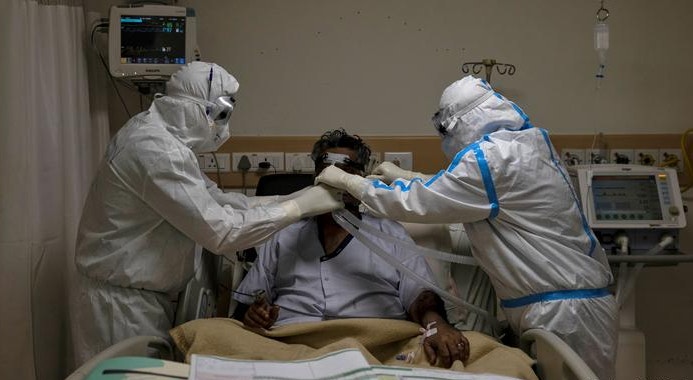
The number of cases has been increasing since February, crossing the peak of the first wave for several days, recorded on September 17, 2020, when 97,894 cases were diagnosed in a single day.
The growth of infection was mainly seen in the state of Maharashtra, where the financial capital of the country is Mumbai, which currently has 43.5% active cases in the country.
According to data released today by the Indian Ministry of Health, five states – Maharashtra, Chhattisgarh, Uttar Pradesh, Karnataka and Kerala – represent 68% of total infections.
The country currently has more than 1.3 million active cases (1,365,704).
Several cities have imposed restrictions and curfews to try to stop the spread of the virus after the Indian government allowed large ceremonies at religious festivals such as the Kumbh Mela with rituals in the Ganges River.
With a population of 1.3 billion, India started a vaccination campaign on 16 January, so far more than 111 million people (111,179,578) have been vaccinated, according to data updated daily by the Ministry of Health.
Since the onset of the epidemic, India has accounted for more than 13.8 million cases of Kovid-19 (13,873,825), with the second infection occurring in the world, second only to the United States, beating Brazil in second place. Stayed.
With 172,085 deaths, India is the fourth country in the world, after the United States, Brazil and Mexico, according to independent calculations from Johns Hopkins University (USA).
According to a report made by the French agency AFP, the Kovid-19 epidemic caused at least 2,947,319 deaths worldwide, more than 136.5 million cases of infection.
The disease has been detected by a new coronavirus in late 2019 in Wuhan, a city in central China.


